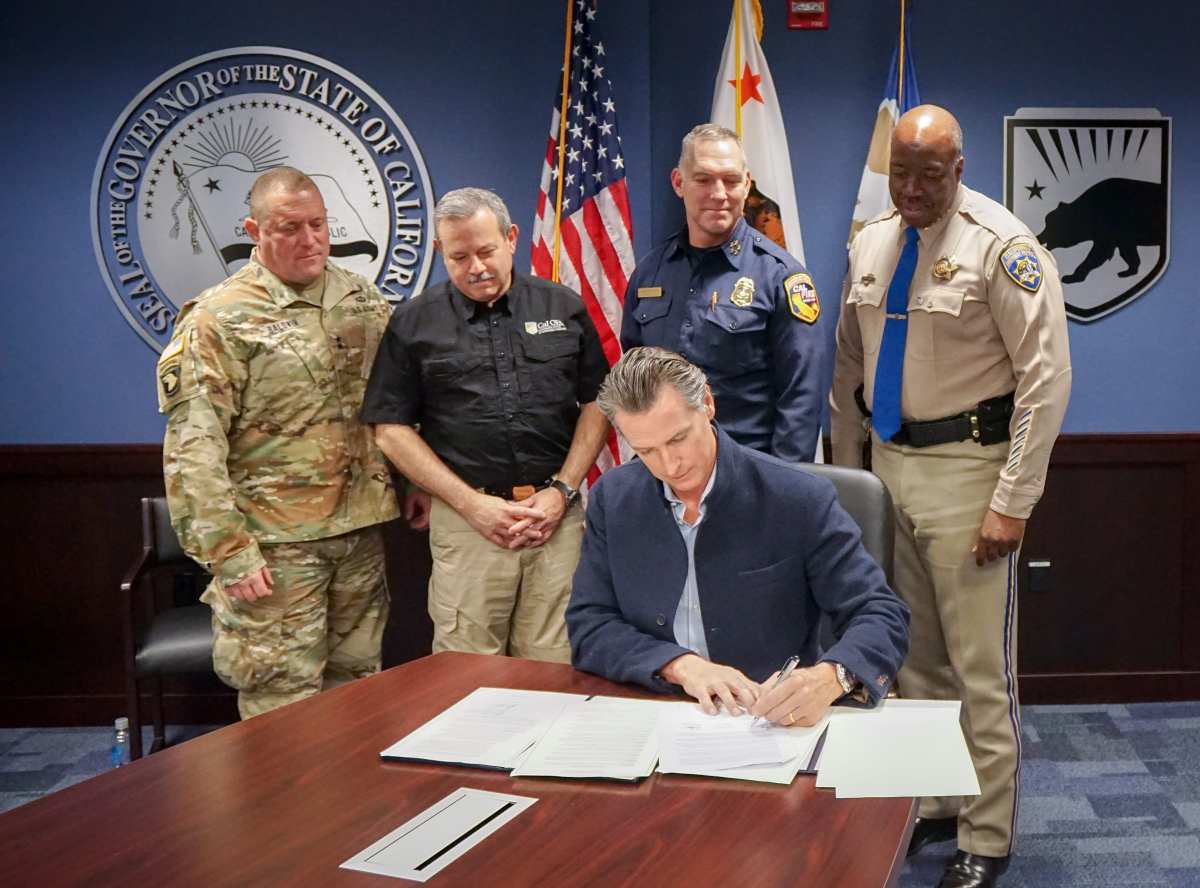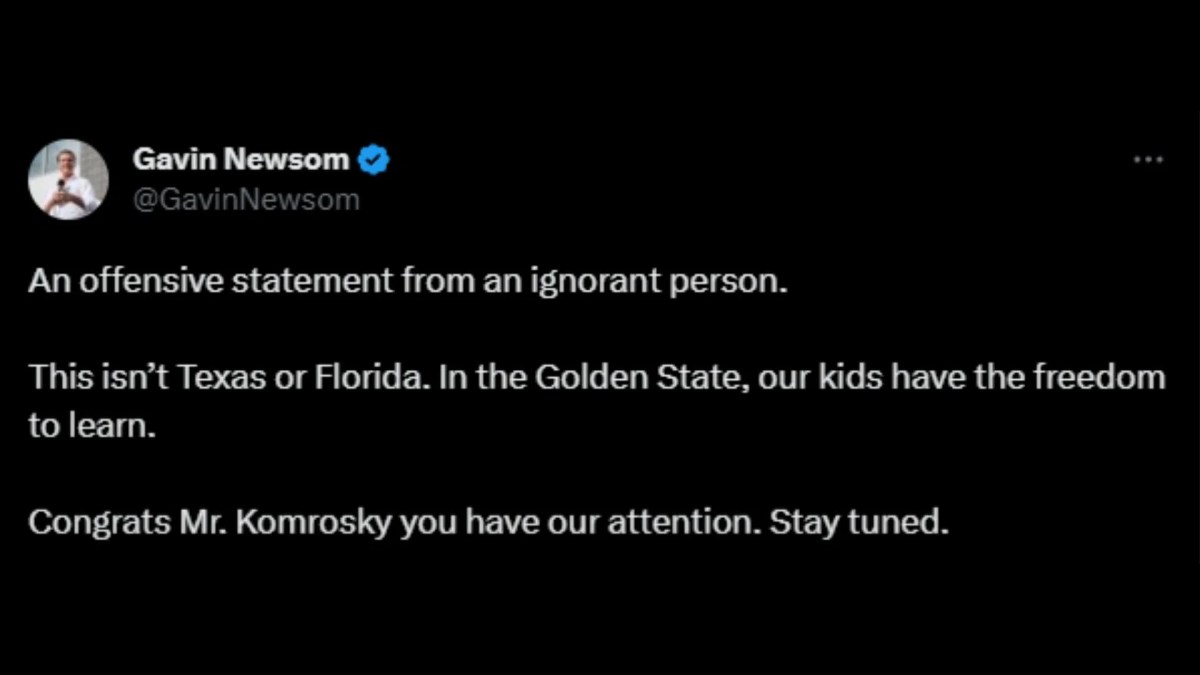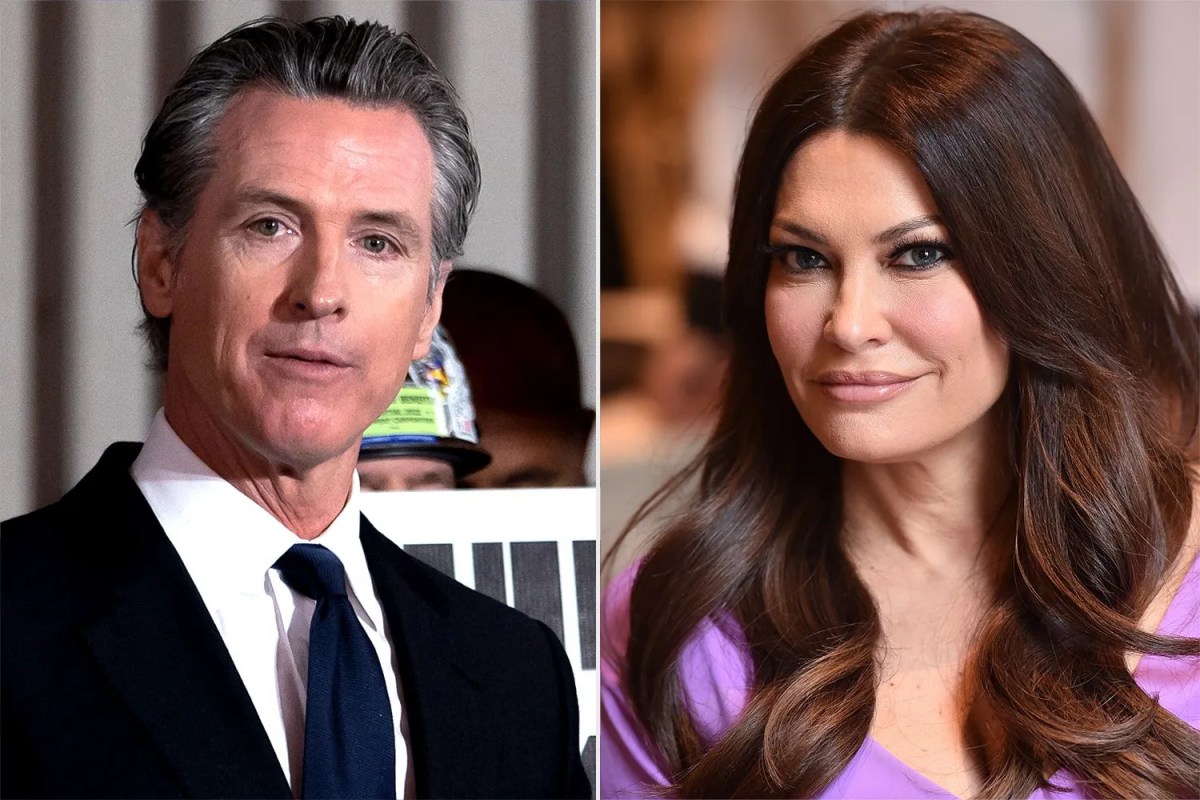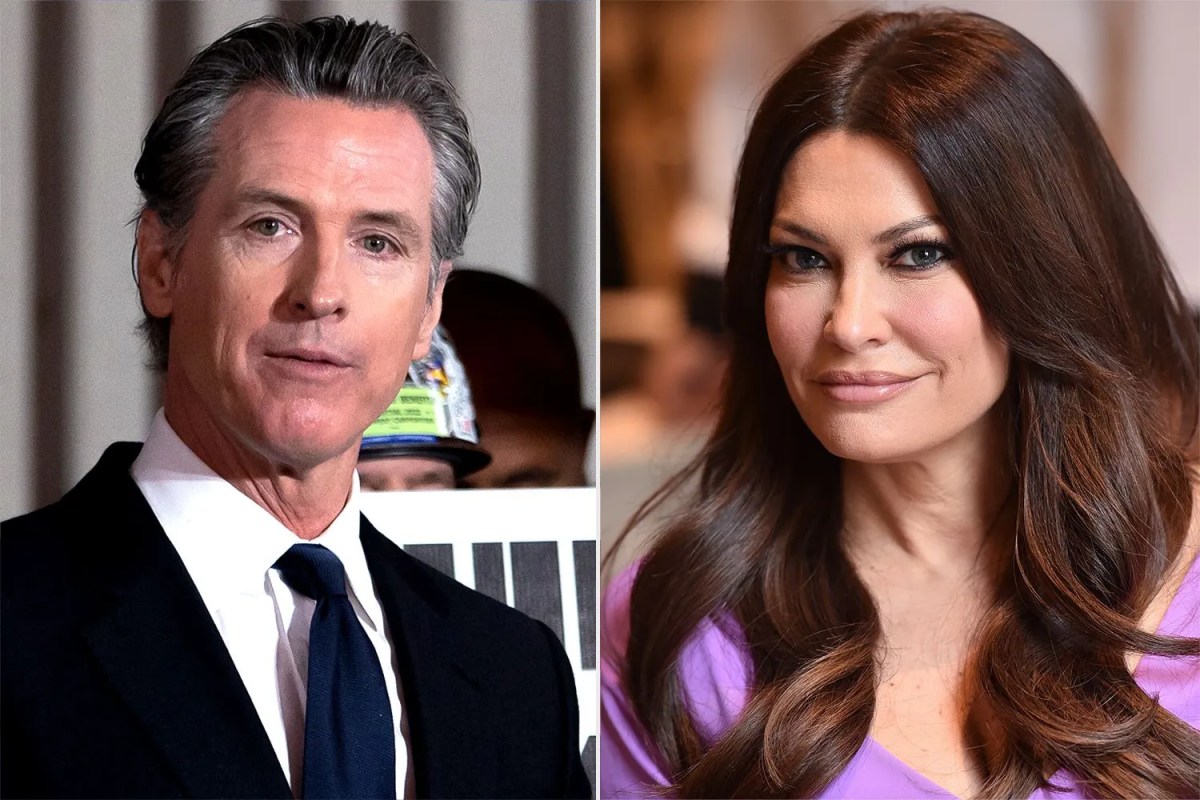Gov. Newsom responds to Trump blaming him for wildfires | CNN: This headline encapsulates a high-stakes political clash. Former President Trump’s accusations against California Governor Gavin Newsom regarding the state’s devastating wildfires ignited a fiery exchange. This article delves into Newsom’s pointed responses, Trump’s past criticisms, and the complex realities of wildfire management in California, exploring the political ramifications and public reaction to this heated debate.
So, Gov. Newsom’s battling Trump’s wildfire blame game, right? It’s a huge political mess. But amidst the chaos, check out this story about how actor James Woods narrowly escaped a wildfire – he literally says ‘God was with him’: Actor James Woods describes harrowing wildfire. It really puts the human cost of these blazes into perspective, reminding us of the bigger picture beyond the political finger-pointing.
The Newsom-Trump spat is serious, but the real tragedy is the impact on people’s lives.
We’ll examine the specific claims made by Trump, analyzing the context and background of his accusations. We’ll then compare Newsom’s wildfire management policies with those of previous administrations, highlighting key differences in approach and their impact. Finally, we’ll discuss the broader political implications and the public’s response to this contentious exchange, exploring how it might shape future political discourse and public trust in government agencies.
So, Gov. Newsom’s battling Trump’s wildfire blame game, right? It’s a huge political mess. But amidst the political sparring, check out this really intense personal story: ‘God was with him’: Actor James Woods describes harrowing wildfire. It gives a whole new perspective on the human cost of these devastating fires, reminding us of the real-life impact beyond the political back-and-forth.
It makes you think about the scale of the problem facing Newsom and the state.
Newsom’s Rebuttal of Trump’s Wildfire Blame
California Governor Gavin Newsom’s recent clash with former President Donald Trump over wildfire responsibility highlights a long-standing debate about federal and state roles in disaster management and forest conservation. This article analyzes Newsom’s response, Trump’s accusations, contrasting wildfire management policies, and the broader political implications of this high-profile exchange.
Newsom’s Response: Direct Quotes and Analysis
Governor Newsom directly addressed Trump’s accusations, employing a measured yet assertive tone. His responses often emphasized the complexities of wildfire management, highlighting the inadequacy of solely blaming state-level actions while ignoring broader contributing factors. He strategically countered Trump’s rhetoric with factual data and policy details to refute the accusations. Newsom’s communication aimed to both defend his administration’s policies and to educate the public on the multifaceted nature of the wildfire crisis.
| Accusation | Newsom’s Response | Supporting Evidence | Analysis of Counterargument |
|---|---|---|---|
| (Example Accusation: Newsom’s forest management policies are responsible for increased wildfires.) | (Example Response: “The assertion that California’s forest management is solely to blame ignores decades of federal inaction and the impact of climate change.”) | (Example Evidence: Citation of specific state forest management initiatives, data on acreage treated, and scientific reports on climate change impacts.) | (Example Analysis: Newsom’s response effectively shifts the blame to a broader context, acknowledging state responsibility while highlighting the role of federal policies and climate change, a factor Trump often downplays.) |
| (Example Accusation: Newsom’s administration is incompetent in handling wildfires.) | (Example Response: “Our administration has invested significantly in wildfire prevention and response, exceeding previous efforts.”) | (Example Evidence: Specific budget allocations for wildfire prevention, details of new programs, and statistics on improved response times.) | (Example Analysis: This counters the accusation of incompetence with concrete examples of increased investment and improved performance metrics.) |
Trump’s Accusations: Context and Background

Donald Trump consistently criticized California’s wildfire management during his presidency. His accusations often focused on Governor Newsom and the state’s alleged failures. These accusations were frequently part of a broader political narrative, often used to criticize Democratic policies and governance. Trump’s past interactions with Newsom were characterized by sharp political disagreements, adding fuel to the rhetoric.
- Accusation 1: (Example: California’s forest management is inadequate and leads to increased wildfires.)
- Accusation 2: (Example: Newsom’s administration is failing to adequately address the wildfire crisis.)
- Accusation 3: (Example: California’s environmental policies are exacerbating the wildfire problem.)
Wildfire Management Policies: A Comparison

Comparing wildfire management under Newsom’s administration with previous administrations requires examining forest management practices, resource allocation, and emergency response strategies. The federal government plays a significant role in funding and coordinating these efforts, and differences in federal-state cooperation can have a substantial impact. A key difference often lies in the emphasis placed on preventative measures versus reactive responses to wildfires.
| Policy Area | Newsom’s Administration | Previous Administrations | Impact Assessment |
|---|---|---|---|
| Forest Management Practices | (Example: Increased focus on forest thinning and prescribed burns) | (Example: Historically less emphasis on preventative measures, more reactive fire suppression) | (Example: Improved forest health in some areas, but still significant challenges due to scale and climate change) |
| Resource Allocation | (Example: Increased budget for wildfire prevention and response) | (Example: Lower budget allocations in previous years) | (Example: Improved response times and resources, but still significant funding needs) |
Political Implications and Public Opinion

The Newsom-Trump exchange carries significant political weight. Public opinion is often divided along partisan lines, with supporters of each leader tending to favor their respective arguments. This public discourse can impact upcoming elections and shape the narrative around environmental policy and government responsibility. The exchange also affects public trust in government agencies responsible for wildfire management. The credibility of these agencies is at stake depending on the public’s perception of the effectiveness of their responses.
So, Gov. Newsom’s firing back at Trump over those wildfire accusations is pretty intense, right? It’s a whole different kind of heat than what you’ll find courtside, though you can check out how to catch all the action if you want a break from the political drama by checking out How to watch the UConn men’s basketball team as they take on their next opponent.
Then, get back to the Newsom-Trump showdown – it’s gonna be a wild ride!
Visual Representation of the Issue, Gov. Newsom responds to Trump blaming him for wildfires | CNN
An infographic illustrating California wildfires over the past decade could use a line graph showing acreage burned annually, overlaid with a bar graph representing the economic impact (in billions of dollars) for each year. Different colors could represent different causes of fire (e.g., lightning strikes vs. human-caused). A separate section could show a map of California highlighting areas most impacted by wildfires.
An image comparing forest management approaches could depict two contrasting landscapes. One side, representing previous administrations, shows dense, overgrown forests with a dark, ominous color scheme. The other side, representing Newsom’s administration, depicts a healthier forest with thinned areas, showcasing a brighter, more vibrant color palette. Symbolic imagery, like a controlled burn in the “Newsom” section versus uncontrolled raging fires in the “Previous Administrations” section, could further emphasize the difference in approaches.
Closure
The clash between Governor Newsom and Donald Trump over California wildfires highlights the deep political divisions surrounding environmental policy and disaster response. Newsom’s forceful rebuttal of Trump’s accusations underscores the complexities of wildfire management, a challenge requiring collaboration between federal and state governments. The public’s reaction, along with the potential impact on future elections, reveals the far-reaching consequences of this high-profile political battle.
Understanding the nuances of this debate is crucial for comprehending the ongoing challenges facing California and the nation in mitigating the effects of climate change and improving wildfire preparedness.
Quick FAQs: Gov. Newsom Responds To Trump Blaming Him For Wildfires | CNN
What specific policies did Trump criticize?
Trump’s criticisms often focused on forest management practices, accusing Newsom of inadequate forest clearing and preventative measures.
How did the public react to Trump’s accusations?
Public reaction was sharply divided along partisan lines, with Trump supporters largely agreeing with his assessment and Newsom’s supporters vehemently rejecting it.
What role does climate change play in California wildfires?
Climate change is a significant contributing factor, increasing the frequency and intensity of wildfires through higher temperatures, prolonged droughts, and increased dryness of vegetation.
What is the federal government’s role in wildfire management?
The federal government manages many of California’s forests and plays a significant role in providing resources and support for wildfire prevention and suppression efforts.
